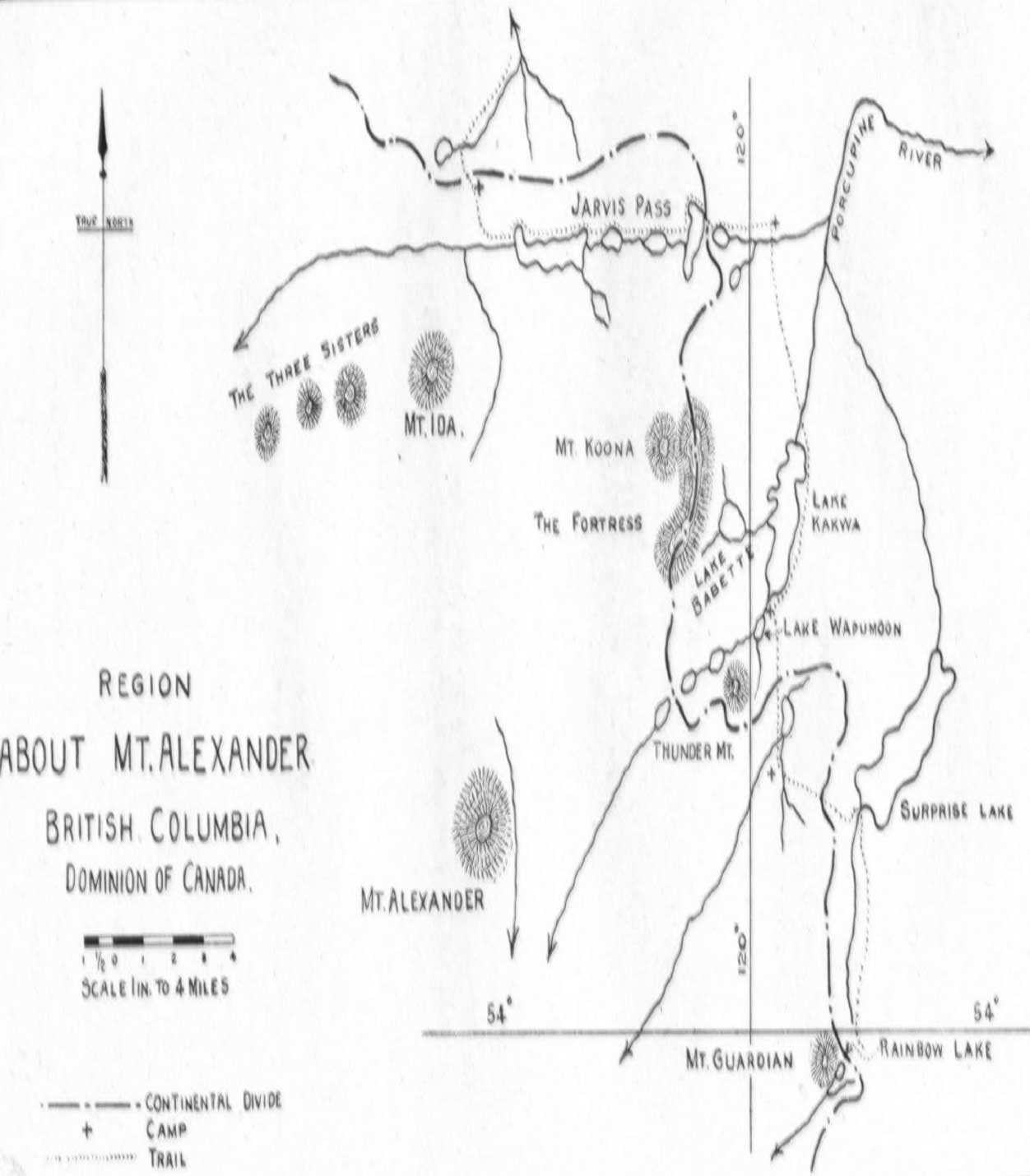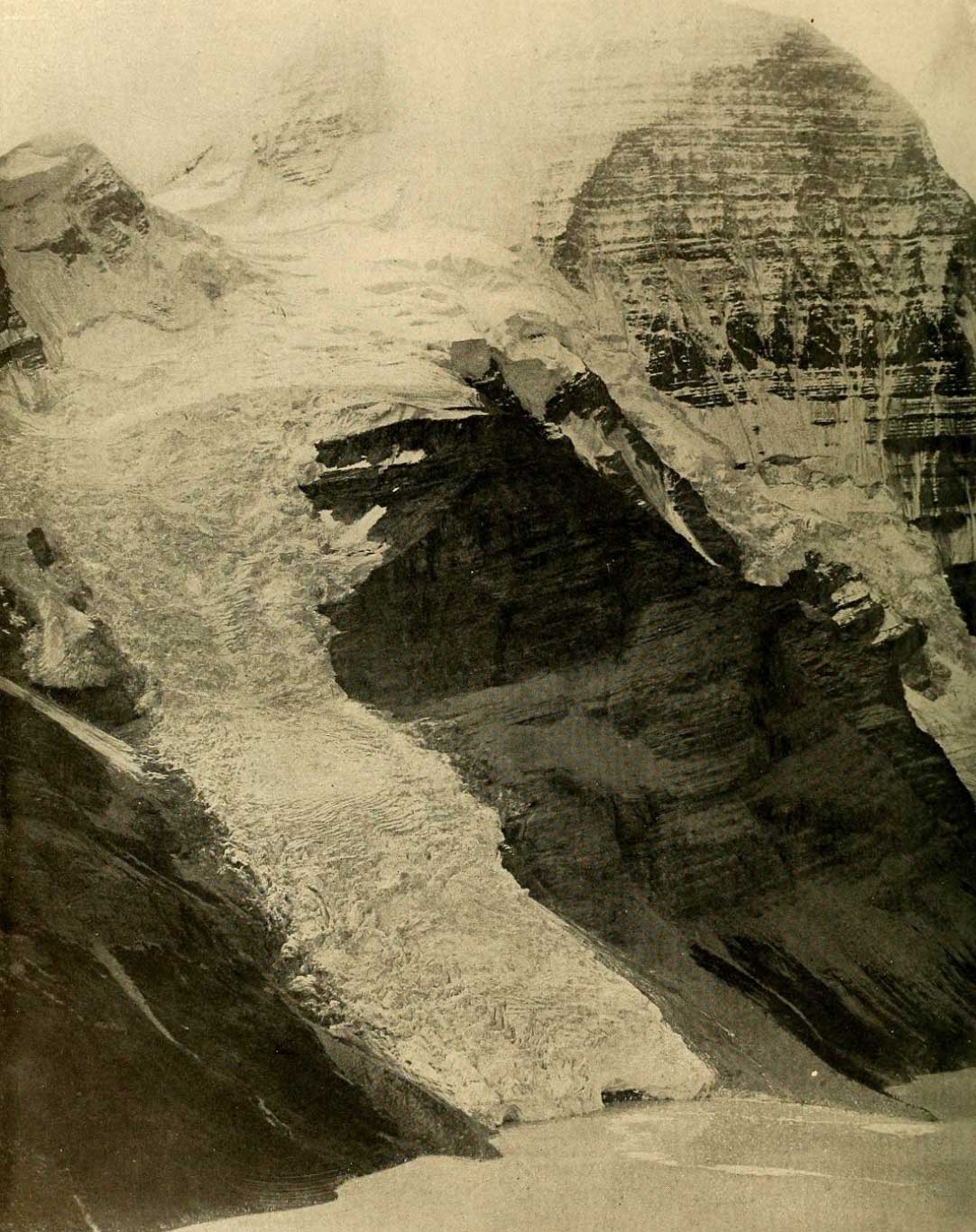
Detail of map of Smoky River Pass
Quesnelle, B. C. to Edmonton, N.W.T.
by C. F. Hanington, 1875
Internet Archive
Charles Francis Hanington [1848–1930] accompanied Edward Worrell Jarvis [1846–1894] on a Canadian Pacific Railway survey of potential passes north of the Yellowhead. A hard trip they had of it, with dogsleds from Quesnel through the McGregor and Smoky Rivers, finding no better passes than the Yellowhead.
Henry House
Jasper House
North Fork, Fraser River
Smoky River Pass
Smoky River
Yellowhead Pass
- Hanington, Charles Francis [1848–1930]. Journal of Mr. C.F. Hanington from Quesnelle through the Rocky Mountains, during the winter of 1874-5. 1875. Internet Archive
- Murtha, Mike, and Helm, Charles. Through an Unknown Country. The Jarvis-Hanington Winter Expedition through the Northern Rockies, 1874-1875. Victoria, B.C.: Rocky Mountain Books, 2015
![[Map to accompany Winter conditions north and west of Mt. Robson]
Donald Phillips, 1915](/wp-content/uploads/2022/01/phillips-map-robson-caj1915.jpg)





